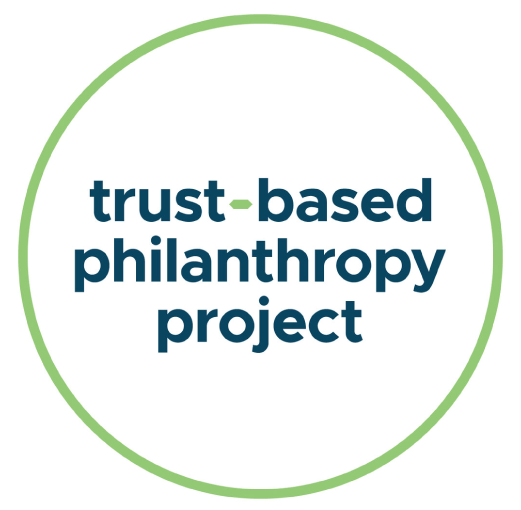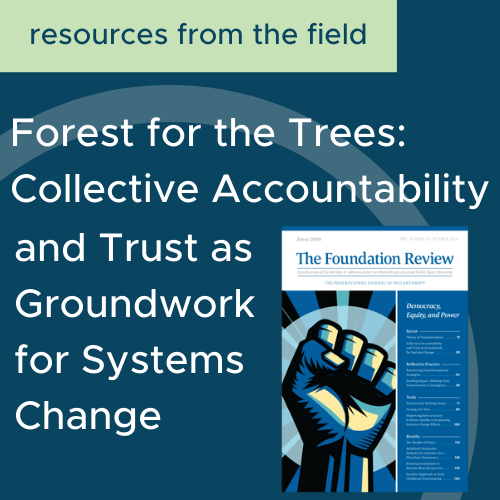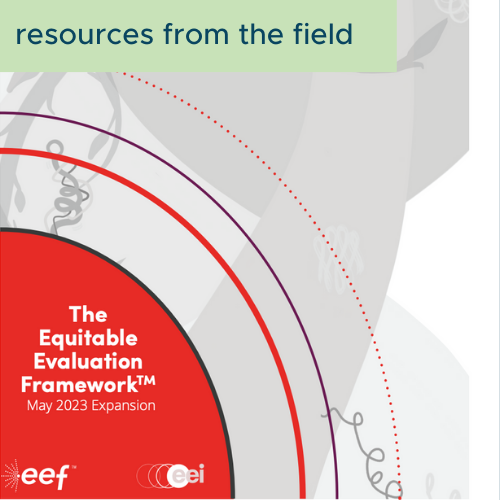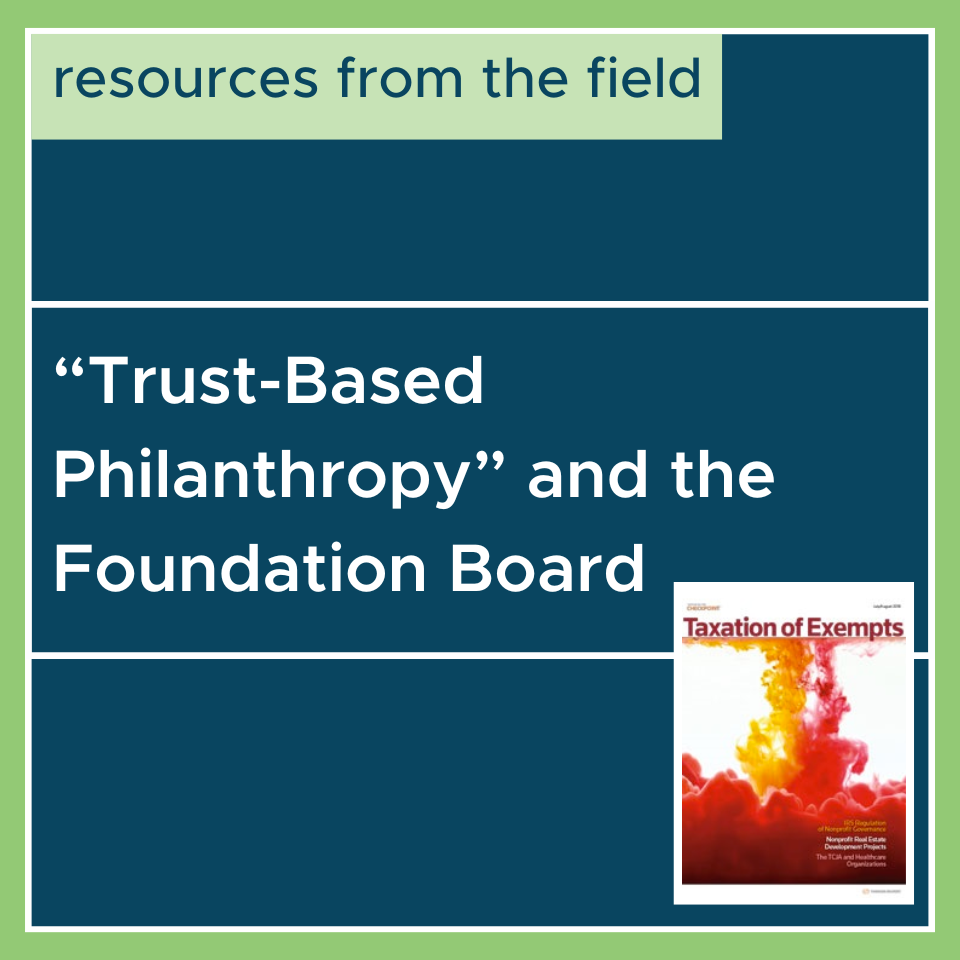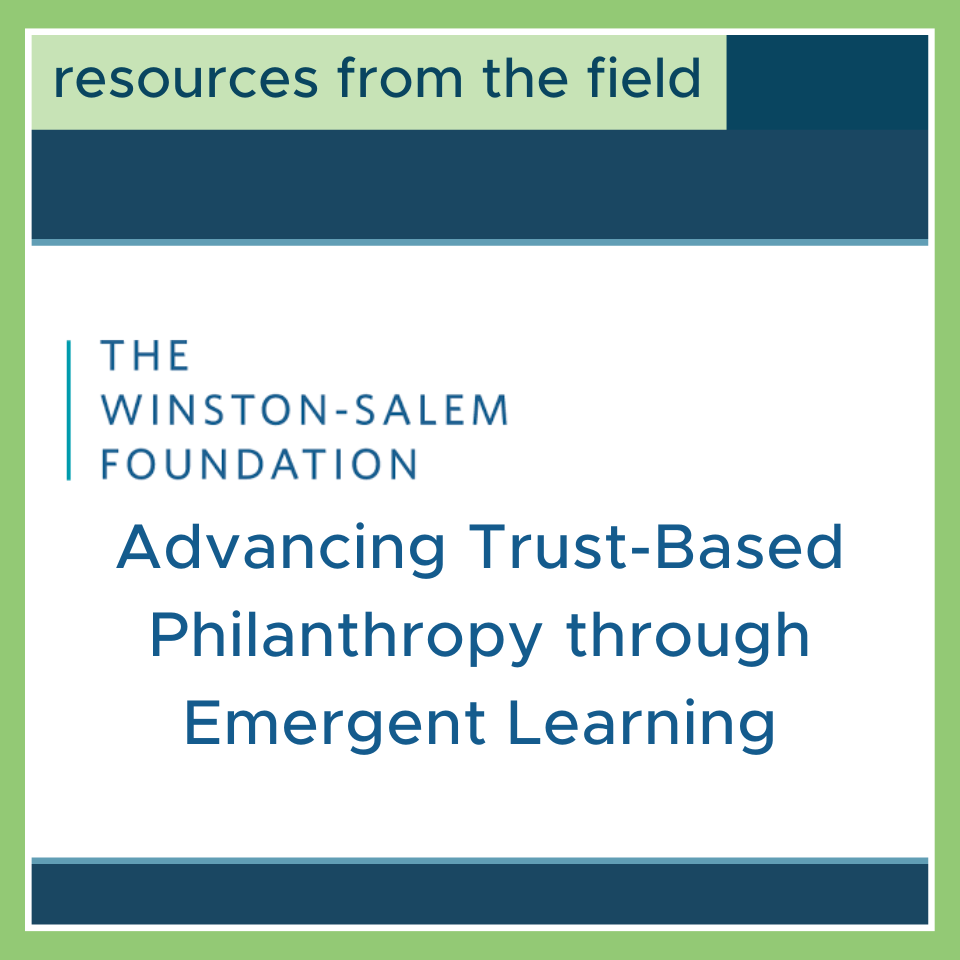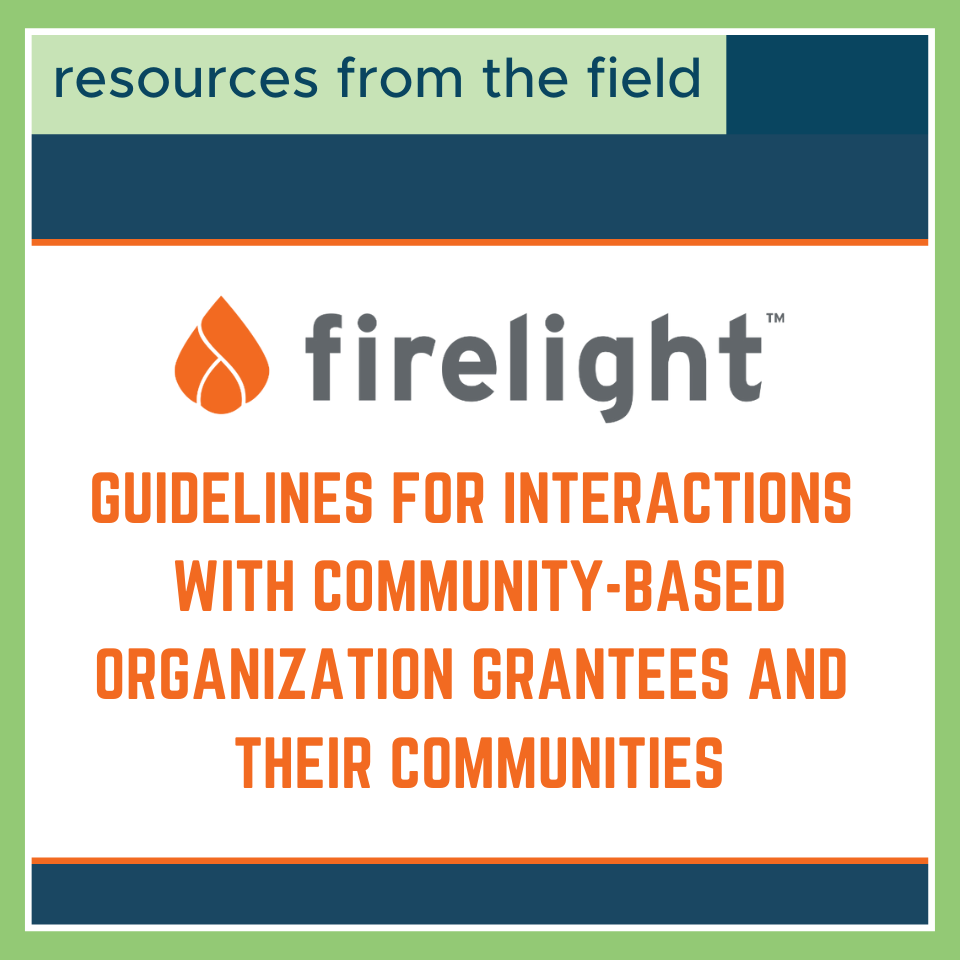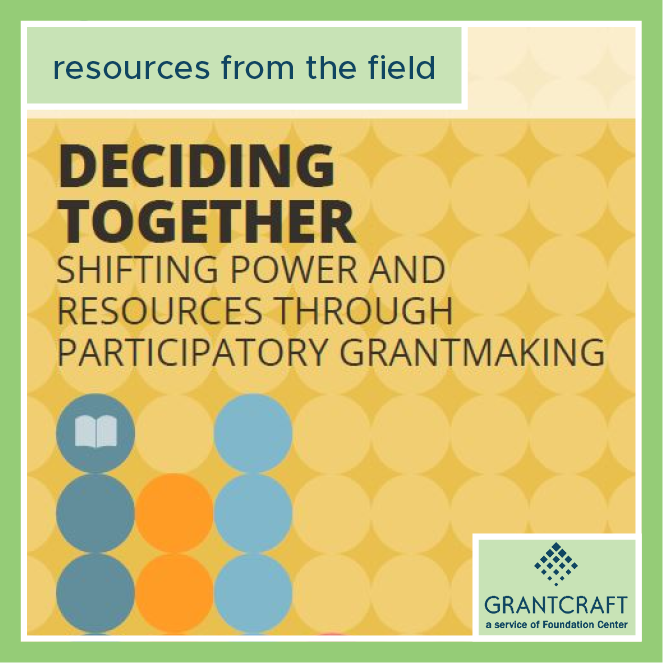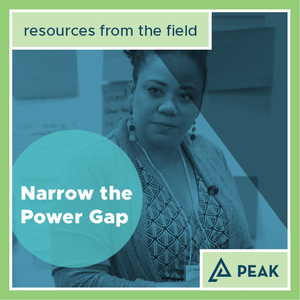Publications
There are a number of philanthropic serving organizations and initiatives that have built tools and resources that are aligned with trust-based values. Peruse this curated list to learn more.
In this Foundation Review article, Shaady Salehi and Pia Infante unpack the meaning of accountability in a trust-based philanthropy context: relational accountability—through reciprocity and trust in the funder-grantee relationship—as well as collective accountability to the communities being served.
This guide highlights the challenges faced by community-based organizations and their priorities for change in philanthropy and global development. It examines how funders can strengthen trust, flexibility, and partnership in funding to nourish community-led change.
This guide provides a comprehensive breakdown of trust-based philanthropy as it applies specifically to giving circles. Included in the guide, you can find a list of frequently asked questions, outlines of concrete steps you can take, and a list of additional resources
This resource from the S.D. Bechtel Jr. Foundation provides guidance and practical steps for how to navigate the ending of a grantmaking relationship in a way that maintains your grantee partner’s needs in mind.
This resource from the Equitable Evaluation Framework™ (EEF) provides guidance on how to align your purpose, practices, processes, and policies with your foundation’s stated values and intentions.
These resources from UK-based IVAR provide case examples from funders who have implemented unrestricted funding practices in their organizations. Each case example provides an exploration of the impact shifting to unrestricted funding has made in their organizations, input from their grantee partners, and advice to other funders.
This guide provides specific suggestions for a key element of trust-based structures: The grants management system. It is designed to provide a set of concrete features, integrations, and accessibility standards that you can use to advance your trust-based operations.
This article from the March/April 2021 issue of Taxation of Exempts disentangles many of the long-held connections between restrictive funding practices and legal obligations, from due diligence to unrestricted funding and grant reporting.
This report charts the Winston-Salem Foundation's journey with both emergent learning and trust-based, where developing trusting relationships with grantees through dialogue facilitated mutual learning.
The Firelight Foundation developed this tool for funders who may ask, “What does a justice and solidarity approach look like in interacting with and supporting people and communities to address the issue(s) at hand?”
Research from IVAR demonstrates that no matter your organization’s perceived limitations or hesitations—whether about compliance, efficiency, impact or risk—we can all go further in offering the resource nonprofits need most: unrestricted funding.
The Philanthropic Initiative for Racial Equity created this guide to help foundation leaders understand what it means to move from racial equity to racial justice funding strategies.
Created with input from a number of participatory grantmakers, this guide shares challenges, lessons learned, and best practices for engaging in inclusive grantmaking.
In this Action Planner, PEAK Grantmaking provides recommendations, along with key questions and resources, to help you recognize and narrow the power gap in your grantmaking practices.
NCRP’s Power Moves asks foundations to consider if they’re leveraging the full power of their foundations for equity and justice, and offers insights on how to get there.
This toolkit from Exponent Philanthropy is designed to help funders recognize the aspects of great relationships with their grantees, assess competencies, and consider ways to improve how to be in partnership.
Research from the Center for Effective Philanthropy (CEP) sheds light on what constitutes a strong funder–grantee relationship, what nonprofits say it takes for funders to foster such relationships, and the crucial role that program officers play in the equation.
